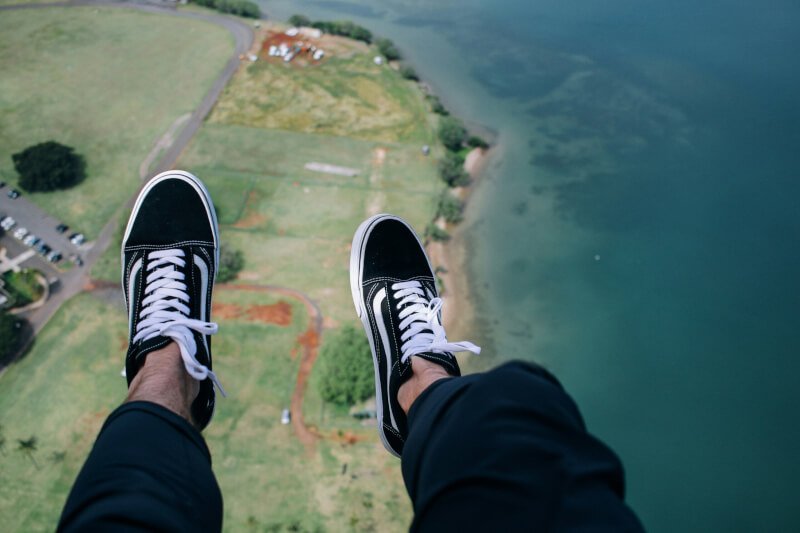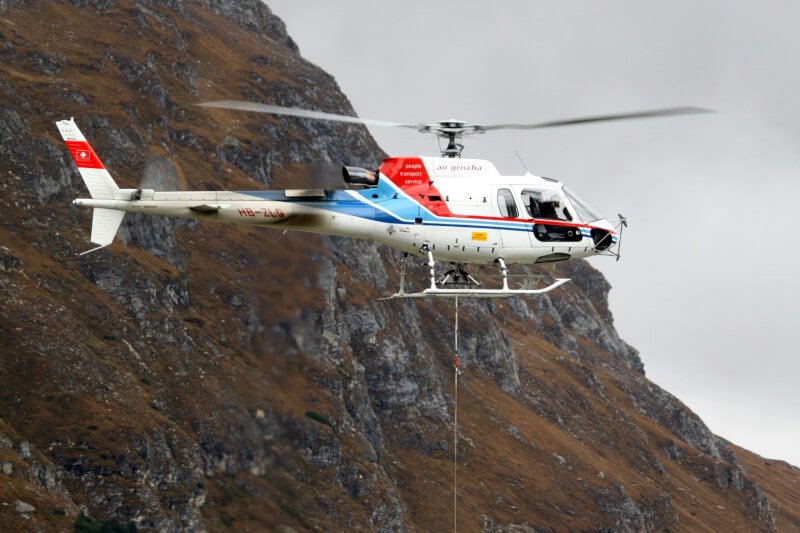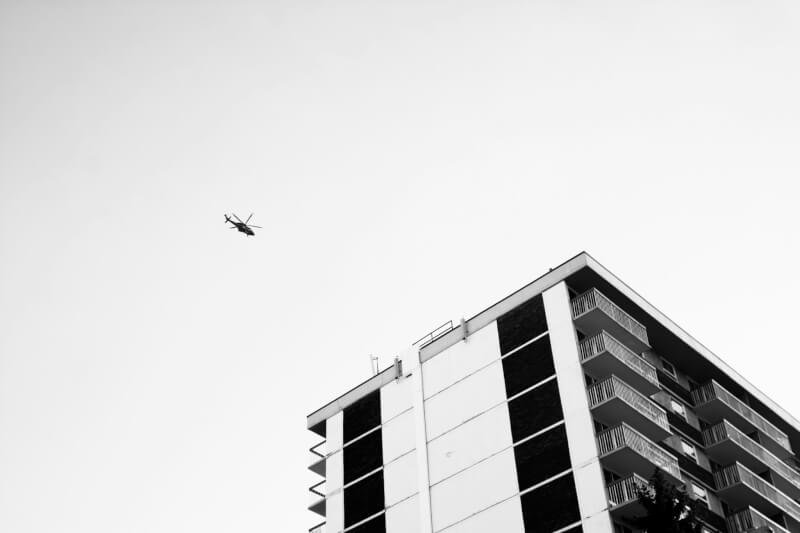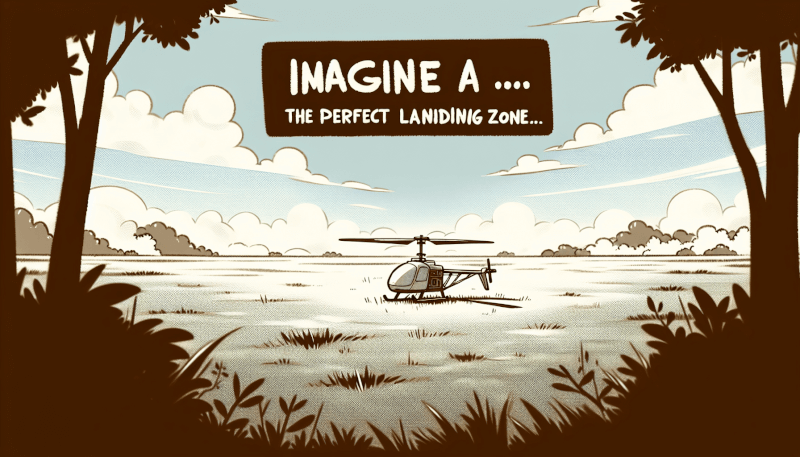Are you an avid RC helicopter enthusiast, constantly on the lookout for the perfect landing zone? Look no further! In this article, we will provide you with valuable tips on how to find the ideal spot for your RC helicopter to land. Whether you are a beginner or a seasoned flyer, these tips will surely help you ensure a safe and smooth landing every time. So grab your remote control, strap on your helmet, and let’s get started on this exciting journey to finding the perfect RC helicopter landing zone!

Choose an Open Space
When it comes to flying your RC helicopter, choosing the right location is crucial for a safe and enjoyable experience. The first step is to find an open space that provides ample room for maneuvering your helicopter. This will not only give you the freedom to perform various maneuvers but also minimize the risk of collisions with obstacles or people.
Clear the Area
Before taking off, it’s important to thoroughly clear the area of any potential hazards. Remove any objects that may obstruct your flight path, such as rocks, branches, or debris. Remember, even a small obstacle can cause significant damage to your RC helicopter if it comes into contact with it during flight. Clearing the area not only reduces the risk of damage but also ensures a smooth and uninterrupted flight experience.
Avoid Obstacles
In addition to clearing the area, it’s essential to choose a location that is free from obstacles. Look out for overhead power lines, tall trees, buildings, or any other objects that could pose a danger to your RC helicopter. These obstacles not only increase the risk of crashes but can also interfere with the signal transmission between your remote control and the helicopter. By avoiding obstacles, you can fly your RC helicopter with peace of mind and focus on honing your piloting skills.
Consider Wind Conditions
Wind conditions play a significant role in the stability and control of your RC helicopter. Flying in strong winds can be challenging, especially for beginners, and may lead to a loss of control or even crashes. Therefore, it’s crucial to assess the wind conditions before taking off.
Check Wind Speed
Always check the wind speed before flying your RC helicopter. Strong winds can make it difficult to maintain stability and control, particularly for smaller and lighter helicopters. A good rule of thumb is to avoid flying in wind speeds exceeding 10 mph. If you notice strong gusts or erratic wind patterns, it’s better to wait for calmer conditions. By taking wind speed into consideration, you can ensure a more stable and controlled flight experience.
Find Sheltered Areas
When scouting for a landing zone, try to identify sheltered areas that provide some form of wind protection. Trees, buildings, or natural land formations can act as windbreaks and create a more stable and controlled environment for your RC helicopter. These sheltered areas allow for smoother flying and reduce the risk of sudden changes in wind direction. By finding a location with natural wind protection, you can enjoy a more enjoyable and predictable flight experience.
Scope Out Suitable Surfaces
The surface on which you take off and land your RC helicopter is of vital importance. Choosing the right surface can help ensure a safe landing and protect your helicopter from damage.
Look for Level Ground
When selecting a landing zone, prioritize finding level ground. Uneven surfaces can create instability during takeoff or landing and increase the risk of your RC helicopter tipping over or getting damaged. Aim for a flat and smooth surface, such as a field or a cleared area, to provide a stable foundation for your helicopter. By choosing level ground, you can enhance the overall safety and performance of your RC helicopter.
Avoid Uneven Surfaces
In contrast to level ground, uneven surfaces can be a source of trouble for your RC helicopter. Avoid locations with potholes, bumps, or rough terrain as they can affect the stability and balance of your helicopter during takeoff and landing. Additionally, uneven surfaces increase the chances of your helicopter getting caught or damaged by hidden obstacles. By steering clear of uneven surfaces, you can safeguard your RC helicopter and ensure a smooth and controlled flight experience.
Evaluate Surrounding Environment
Apart from the immediate flying area, it’s important to consider the surrounding environment when choosing a landing zone for your RC helicopter.
Check for Interference
Before taking off, take a close look at the surrounding environment for any potential sources of interference. Avoid areas with electrical equipment, power lines, or strong magnetic fields as they can disrupt the communication between your remote control and the helicopter. Interference can lead to loss of control or unexpected behavior of your RC helicopter. By checking for interference, you can ensure a safer and more reliable flight.
Consider Noise Levels
RC helicopters can be noisy, particularly at higher speeds or with more powerful models. When choosing a landing zone, be mindful of the noise levels and how they may affect the surrounding environment. Avoid areas close to residential areas, schools, or other places where noise disturbances may cause inconvenience or discomfort to others. By considering noise levels, you can demonstrate responsible piloting and respect for those around you.

Assess Landing Zone Size
The size of your landing zone is a critical factor to consider. Having enough space is essential for a safe takeoff, landing, and maneuvering of your RC helicopter.
Determine Minimum Area
To determine the minimum area required for your RC helicopter, consider the specifications and recommended clearances provided by the manufacturer. These guidelines will give you an understanding of how much space your helicopter needs to perform adequately. Keep in mind that larger helicopters generally require more room due to their size and the potential for more extensive flight maneuvers.
Ensure Enough Space for Maneuvering
In addition to the minimum area, it’s important to ensure that your chosen landing zone provides enough space for maneuvering your RC helicopter comfortably. Allow for extra clearance around the landing zone to account for any unexpected movements or emergency situations. Ample space will not only enable you to explore the full capability of your RC helicopter but also mitigate the risk of collisions with obstacles or people. By ensuring enough space for maneuvering, you can fly your helicopter confidently and have greater control over its movements.
Choose a Location with Good Visibility
Maintaining good visibility while flying your RC helicopter is crucial for maintaining control and situational awareness. Choosing a location with good visibility ensures that you can see and anticipate any potential obstacles or hazards.
Avoid Blind Spots
When selecting a landing zone, avoid areas with significant blind spots or obstructed views. These can make it difficult to maintain visual contact with your RC helicopter in-flight, increasing the chances of collisions or losing control. Choose locations with open views that allow you to have a clear line of sight to your helicopter at all times. By avoiding blind spots, you can enjoy a safer and more controlled flying experience.
Consider Lighting Conditions
Lighting conditions also play a crucial role in visibility during RC helicopter flights. Optimal lighting allows you to see your helicopter clearly and accurately judge its position, altitude, and orientation. Avoid flying in areas with poor lighting or at times when visibility is compromised, such as during dusk or dawn. By considering lighting conditions, you can ensure better control over your RC helicopter and reduce the risk of accidents or crashes.

Select a Controlled Environment
Creating a controlled environment contributes to a more successful and enjoyable RC helicopter flying experience. Here are some factors to consider while selecting a controlled environment:
Consider Privacy
Privacy can be an important factor for many RC helicopter enthusiasts. Choosing a location that provides privacy allows you to enjoy your hobby without any unnecessary distractions or interruptions. Look for less crowded areas, such as parks or open fields, where you can have the freedom to focus on your RC helicopter without feeling self-conscious or disturbed.
Minimize Distractions
Reducing distractions in your flying environment is essential for maintaining focus and concentration. Avoid locations with high foot traffic, busy roads, or other noisy activities that may divert your attention from piloting your RC helicopter. By minimizing distractions, you can fully immerse yourself in the joy of flying and maximize your enjoyment.
Take Safety Precautions
Safety should always be a top priority when operating an RC helicopter. By taking the following safety precautions, you can minimize the risk of accidents and ensure a safe flying experience.
Set Up Boundaries
Before taking off, establish clear boundaries around your landing zone. This will help prevent bystanders or other individuals from accidentally entering the flight area and potentially interfering with your RC helicopter. Use cones, barriers, or other visual indicators to clearly mark the boundaries. By setting up boundaries, you can maintain a safe and secure environment for both yourself and others.
Maintain Distance from People
To ensure the safety of those around you, maintain a safe distance from people while flying your RC helicopter. Avoid flying over or near crowded areas, as any loss of control or unexpected flight behavior could put others at risk. It’s also important to educate those with you about the potential dangers of RC helicopters and remind them to keep a distance. By maintaining distance from people, you can enhance safety and minimize the likelihood of accidents or injuries.

Consider Accessibility
When choosing a landing zone, consider the accessibility of the location. The easier it is to access and transport your RC helicopter, the more convenient and enjoyable your flying experience will be.
Proximity to Parking
Selecting a landing zone that is close to a parking area can save you time and effort in transporting your RC helicopter to and from your car. Look for locations with ample parking space nearby, allowing you to conveniently unload and set up your equipment.
Ease of Carrying RC Helicopter
The terrain leading to your chosen landing zone should be easily navigable, allowing for easy transportation of your RC helicopter. Avoid locations with challenging terrains, such as steep slopes or rough pathways, as they can make it difficult to carry your helicopter safely. Smooth and obstacle-free pathways ensure that you can transport your RC helicopter with ease, reducing the risk of accidental damage.
Consult Local Regulations
Before flying your RC helicopter, it’s important to be aware of and comply with any local regulations or restrictions. Flying in prohibited areas or without adherence to local laws can result in legal consequences and potential hazards.
Follow Local Laws
Research and familiarize yourself with the local laws and regulations regarding the operation of RC helicopters in your area. Some regions may have specific rules regarding flight altitude, restricted zones, and noise limitations. By adhering to these laws, you can ensure a legal and responsible flying experience while also respecting the rights and safety of others.
Check for Restricted Areas
Certain locations, such as airports, military installations, or protected wildlife areas, may have restrictions on RC helicopter flight. It is essential to thoroughly research and identify any restricted areas in your vicinity before planning your flight. By checking for restricted areas, you can avoid potential conflicts, ensure a safer flight, and maintain good relationships with local authorities and communities.
In conclusion, finding the perfect landing zone for your RC helicopter involves careful consideration of various factors. From choosing an open space to assessing landing zone size, each step plays a vital role in ensuring a safe and enjoyable flying experience. By following these tips and guidelines, you can select a suitable location that offers optimal conditions, enhances safety, and allows you to fully immerse yourself in the thrill of flying your RC helicopter. Remember, responsible and mindful flying not only protects your helicopter but also promotes a positive image of the RC helicopter hobby for others. So, go out there, find the perfect landing zone, and take to the skies with confidence and excitement!



